Review: The Center Seat: 55 Years of Star Trek (2021-2022)
The Center Seat: 55 Years of Star Trek, 2021-2022 (Gates McFadden) The Nacelle Company
“Gene only had one story: we meet God, and we beat the crap out of him!”
Hyperbole is an instrumental form of verbiage classically used in narrative storytelling, particularly when you want to get a point across by making things seem bigger than they actually are. The first use of hyperbole recorded in human history had something to do with the size of a fish a person had caught. It started with, “I caught a big fish.” The storyteller moves on to a bigger audience and tells the same story, but the words are changed, and then visual aids are used.
“I caught a fish … THIS BIG!” He holds out his arms to an insane length displaying something—a fish—that couldn’t possibly exist in nature or at least in those charted waters. In a quote usually attributed to Goebbels, “The bigger the lie, the more people believe it,” we see the formula of hyperbole. It also gives us an indication of time. As we move away from the story (the real truth), we notice the names, dates, and places are embellished. This is mainly because anyone reliable enough to be around when the thing occurred is probably dead by the time the story is retold ad infinitum.
For the purposes of this review, I’ll start with Lucille Ball who is, as of this writing in April of 2022, the creator of Star Trek. If you look up her name, she is now synonymous not only with Star Trek, but also Star Trek’s origin and success. I know you’re asking, “Gene who?” But seriously, no, listen to me: Lucille Ball invented, financed, and produced Star Trek out of her pocket until she was destitute on the street with only $17,000,000 (in 1967 dollars) in her pocket*.
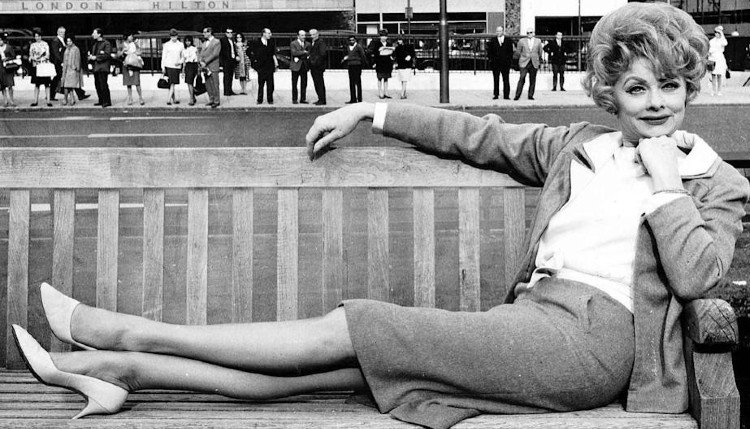
Let’s try it another way. Lucille Ball made a show called I Love Lucy, which was an enormous hit and made her a multi-millionaire. She purchased studio space with her husband, Desi Arnaz, Jr., formed Desilu, and produced television shows. After a bitter divorce in which Lucy had to pay Desi $3,000,000 to buy him out of his share of Desilu, her studios went into disrepair, and she grabbed two shows to be shot on her lot, Mission Impossible and Star Trek. By investing in both shows (in joint production ventures with CBS and NBC) she kept her studio operating.
This arrangement lasted from March 11, 1964 when Gene (who?) pitched his story to Herb Solow, Lucy’s right-hand man, to December 29, 1967 when Desilu was officially sold to Paramount. Because Desilu demanded ownership of all properties shot at their studio, Paramount became the owner of Star Trek and Mission Impossible, among many other financially lucrative franchises. That’s a very simple story, isn’t it? The Center Seat: 55 Years of Star Trek tells a different story.
There was a guy, a slob called Gene Who, had this idea—the old Wagon Train to the stars! Wagon Train! Old Western. Boring. Losing interest. Damn kids have no sense of history! Westerns! Same as Star Trekkin’ It To The Stars! Forget it. Okay, Lucy did it. She did everything. She even played Spock! I’m kidding, but this is the very definition of hyperbole. There’s a great deal of hate out there when it comes to Gene Who, because of updated concerns and behavioral trends.

The truth could be told that he was a predator; he most likely was, but we’re not telling the story of a predator. This is Lucy’s story. And D.C. Fontana’s story. And Whoopi Goldberg’s story. And Michael Piller’s story. And Ira Steven Behr’s story. And anybody (lord, please anybody!) who isn’t Gene Who. He’s problematic! Even though, I’m fairly certain that in 55 years we’ll hear terrible stories about all of those other people, but who cares? We’ll all be dead (or at least severely handicapped) by then.
Lucy is elevated to goddess status because back then, of course, women weren’t allowed TO DO ANYTHING! They couldn’t be trusted to use the bathroom on their own without a man’s help. It was a bizarre, cruel time. I’m kidding, of course. It is strange, though, to see Gene Roddenberry’s contributions marginalized while Lucille Ball is trumpeted as the show’s savior before the fact. We must also remember that Star Trek was “classy” science fiction, as opposed to Lost in Space which, we’re led to believe, produced only one episode titled “The Great Vegetable Rebellion.”**
In reality, Lost in Space was a wildly inventive series with several excellent episodes (and decent visual effects), but the producers of The Center Seat want you to believe it was complete crap compared to Star Trek. It seems we get used to lies. The farther you move away from the story, the easier it becomes to lie. The Center Seat is filled with incredible lies, but more importantly, it mixes lies with truths. I’m sorry, but you’re going to get nothing but truth in this essay.
People are flawed. Filmmakers are flawed. Documentaries are flawed. They can all be looked upon as excellent from an artistic standard, but sometimes we can find beauty in the flaws. The Center Seat looks to polish or dismiss those flaws. There’s a kind of emotional hindsight or moral ret-conning going on with the maddening interview segments. When somebody tells you what they were thinking at the time something was happening, they’re not telling you the truth.
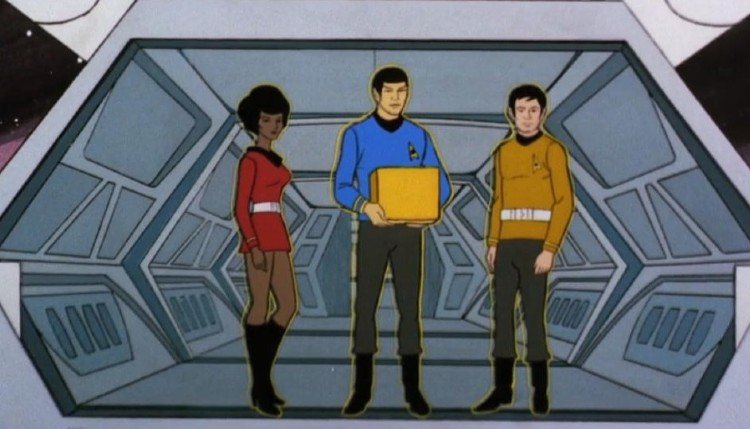
They’re telling you what they’re thinking right now (as of this moment) and then trying to time-travel back to a time when they were less wise. No one is wise in the moment. Wisdom comes from experience and knowledge. For example, when Jonathan Frakes or Denise Crosby tell you that “Code of Honor” was a horrible episode, and they all knew it going in, what they actually mean is that they are embarrassed at the episode at this moment in time because of current trends and morays; otherwise, they could refuse to shoot the episode, suggest rewrites, or quit the series. They didn’t. Well, Crosby did, but it had nothing to do with “Code of Honor.”
The Center Seat glides over the truly controversial moments of the franchise and the stories we want to hear. What we’re treated to is the magic and mystery of hyperbole and it goes on like this for eleven episodes. The best episodes of this series cover the Animated Series produced in 1973 and 1974 and the technical aspects of starship design. The main reason for this is because we don’t get actors’ egos meddling in the stories. We get brief bits with the true artists of Star Trek, the production designers and modelmakers, as well as the visual effects geniuses who made those ships fly.
Other than the “below-the-line” talent associated with Star Trek, I don’t think anybody else has a clue as to how important and incredible the franchise was. We covered Lucy as one of two enormous lies currently floating around in the phenomenon of Star Trek. The Myth of Lucy is interesting because I started to notice posts on Star Trek groups touting the inimitable Ms. Ball’s inestimable influence over the Nation of Trek and I wondered where this came from. Now I know. See how hyperbole works?
There are smaller (possibly harmless) lies such as Denise Crosby’s exit from the show, or Gene Who’s (shall we say) “progressive” attitudes regarding women, or why Terry Farrell left Deep Space Nine. We’ll never get the actual truth about any of those stories. The other much more massive and steaming lie occurs later in the seventh episode. This episode pertains to Voyager and the strange case of Jennifer Lien.
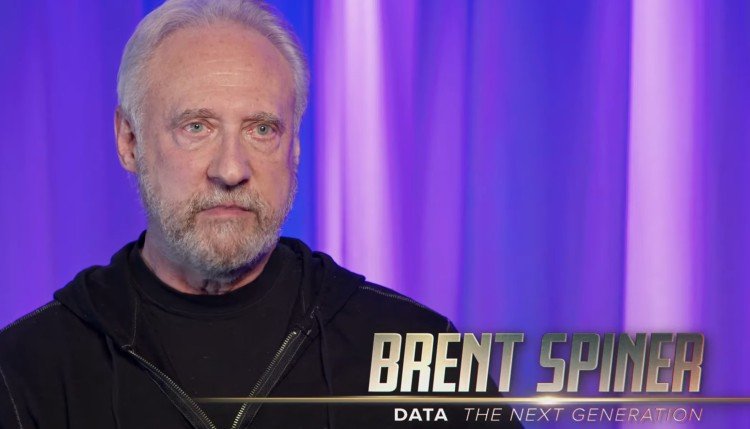
Lien had a handful of credits before appearing on Voyager as Ocampan Kes for the first three years of the show’s run. It was the strategic placement of Garrett Wang in People Magazine’s annual list of “50 Most Beautiful People in the World” that enabled his agent to protect Wang (who, by his own admission, was the only actor on the show to have his own publicist) when Jeri Ryan was hired for the fourth season to play the popular Seven of Nine. Kes and Wang’s Ensign Harry Kim were the least popular characters on the show, but Lien didn’t have Wang’s firepower, so she was let go.
With The Center Seat, the circumstances of her departure have changed considerably. Lien is now being painted as mentally unstable before her departure from the show, and since she isn’t there to defend herself, it comes across as character assassination of the highest order as well as flagrant hearsay and, say it with me, hyperbole. This supposition flies in the face of the fact that Lien appeared in a sixth season episode of Voyager and had a very successful career as a voice-over artist before retiring in 2002.
Honestly. I don’t know how these people can live with themselves, but as Los Angeles District Attorney Vincent Bugliosi once said, “Hollywood is a bitchy town.” Director Brian Volk-Weiss’ tedious E! Hollywood True Story editing style incorporates non-stop “upbeat” music while Gates McFadden’s horrible pun-laden narration gives us a one-two punch of torture for our ears as well as our eyes. This is less a documentary than a docudrama for very young Star Trek fans with Attention Deficit Hyperactivity Disorder.
Interviews are a wonderful thing if you allow the subject to tell a story or answer a question to completion, but the machine gun editing never lets the camera linger on a subject longer than five seconds. Volk-Weiss had eleven episodes (each running around the 40-minute mark with the final episode being double-length) to tell the story of Star Trek and this is how he chooses to tell that story?
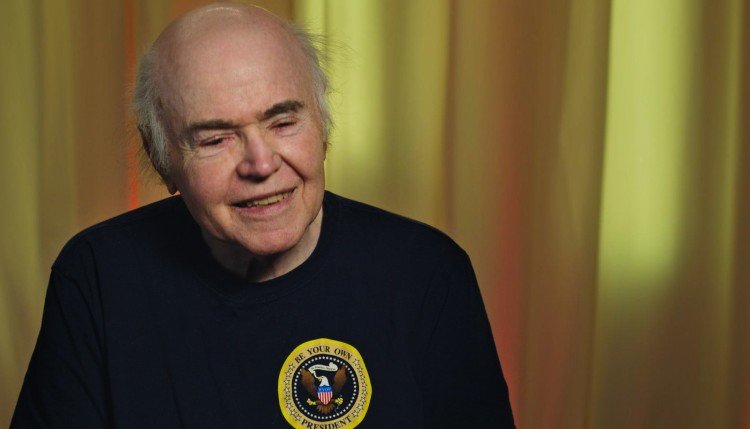
The most irritating aspect of all of this is that people new to Star Trek will take all of this as fact. Witness all the Lucy memes popping up. If it’s on TV, it must be true! It’s also interesting to consider this series is not available on Paramount Plus. It was developed for The History Channel’s new streaming variant, History Vault, as a way to seduce potential subscribers. Paramount Plus has managed to secure every Star Trek series streaming in the United States.
Episodes five and six are redundant and pointless considering the success of the far superior (and entertaining) documentaries, Ira Steven Behr’s What We Left Behind and William Shatner’s Chaos on the Bridge. At best, we get twenty percent of a subjective story without the other principals involved to either confirm or deny those stories, and that may be The Center Seat’s greatest failing. I brought up Jennifer Lien before, but we’re missing some key components in the odyssey.
Leonard Nimoy’s interview is merely file footage from 2014. Shatner is missing. Avery Brooks is missing. Scott Bakula is missing. Jolene Blalock is missing, which is convenient for the series considering she is also the victim of character assassination as her colleagues tell us she had difficulties. I know a little bit about actors. They like to keep mum and not burn any bridges. They’re always looking for work. You don’t bad-mouth your fellow actors unless you’ve got a personal vendetta. All industry types tend to be that way. In addition, an actor always says, “yes,” to a paying job.
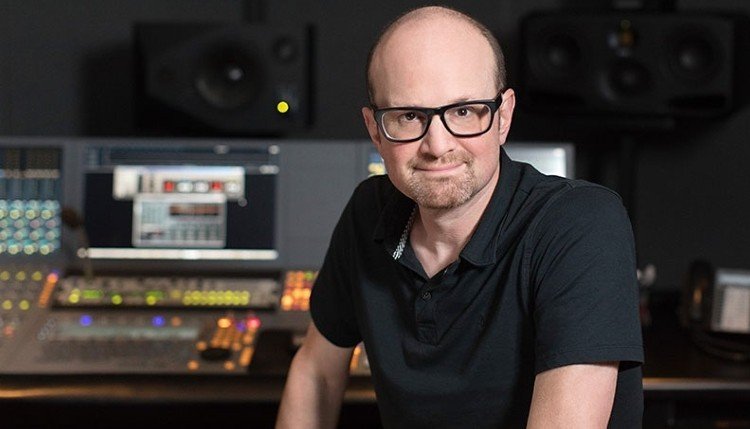
The final episode showcases the actors, and it seems like all they do is complain. They complain about sitting in makeup chairs, having appliances done, sitting under layers of latex as it cures and shrinks on their skin, and having to wait. It’s not a good image for an actor to complain, particularly since many of them wouldn’t have careers if not for Star Trek. The last thing I want, as a filmmaker, is to work with any of these people because I’ll be worried they’ll bitch me out in twenty years’ time.
It’s hard enough mustering up the courage to do the work and get it done and seen, and the next thing you know somebody’s bitching about the experience. Bad optics, as they say. Optics is something of which Hollywood will always remain blissfully ignorant. Hollywood is (I want to say) about ten years behind the current pop culture. It will be fascinating to observe the blow-back The Center Seat creates when critical thinking returns to the fray.
The most important lesson to be learned from The Center Seat is that Hollywood … is fake, is phony, is the “dream factory.” It always stays clean. There are no dust-bunnies in Hollywood. Flawed, interesting human beings vacuum those bunnies, and they make those dreams. It’s a perfect world in which real humanity is not welcome, but it’s worth fighting for, and it’s best to leave Star Trek to the imagination rather than let the worst demons of our nature serve as unreliable narrators.
*Sarcasm.
**”The Great Vegetable Rebellion” is considered the worst episode of Lost in Space.

